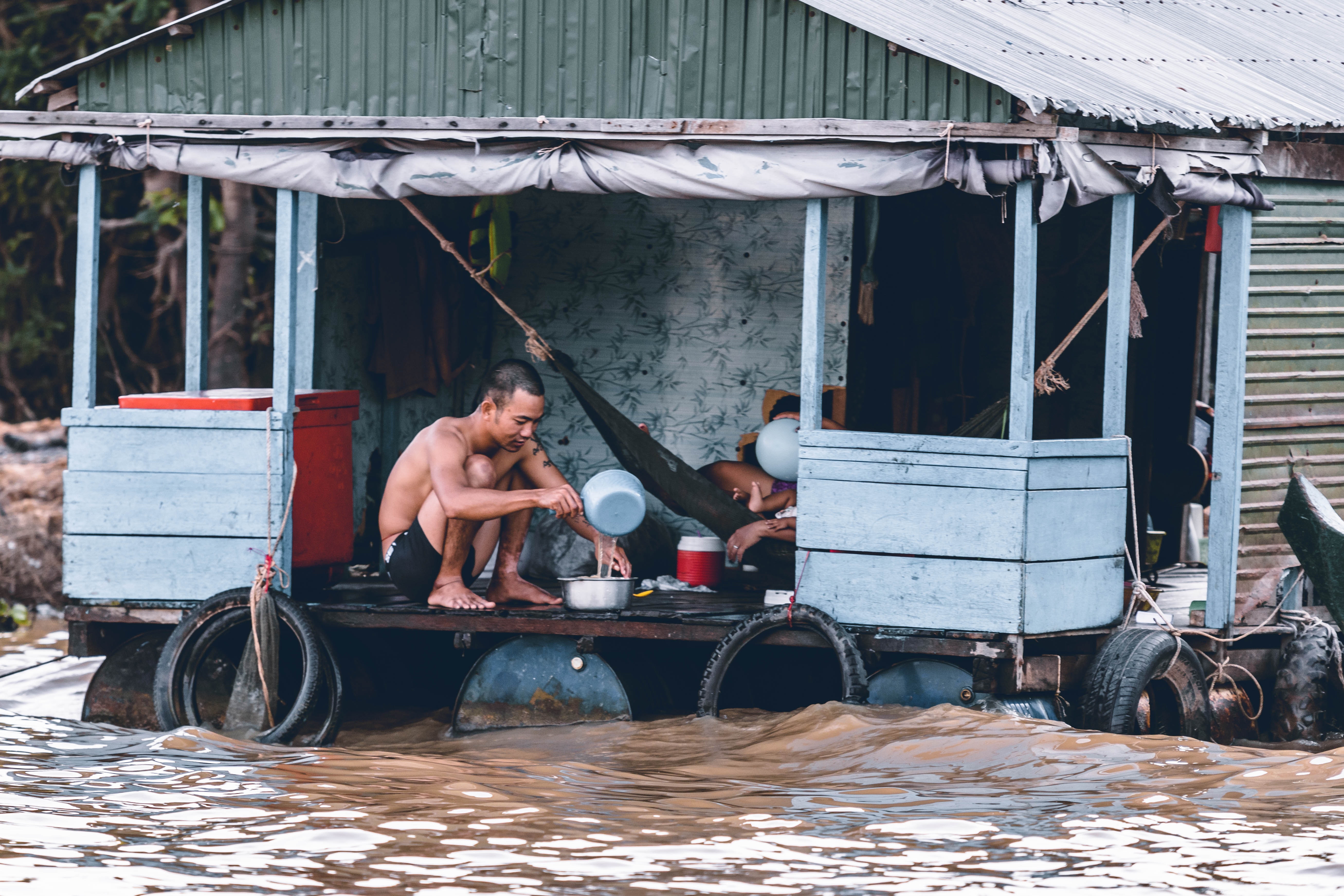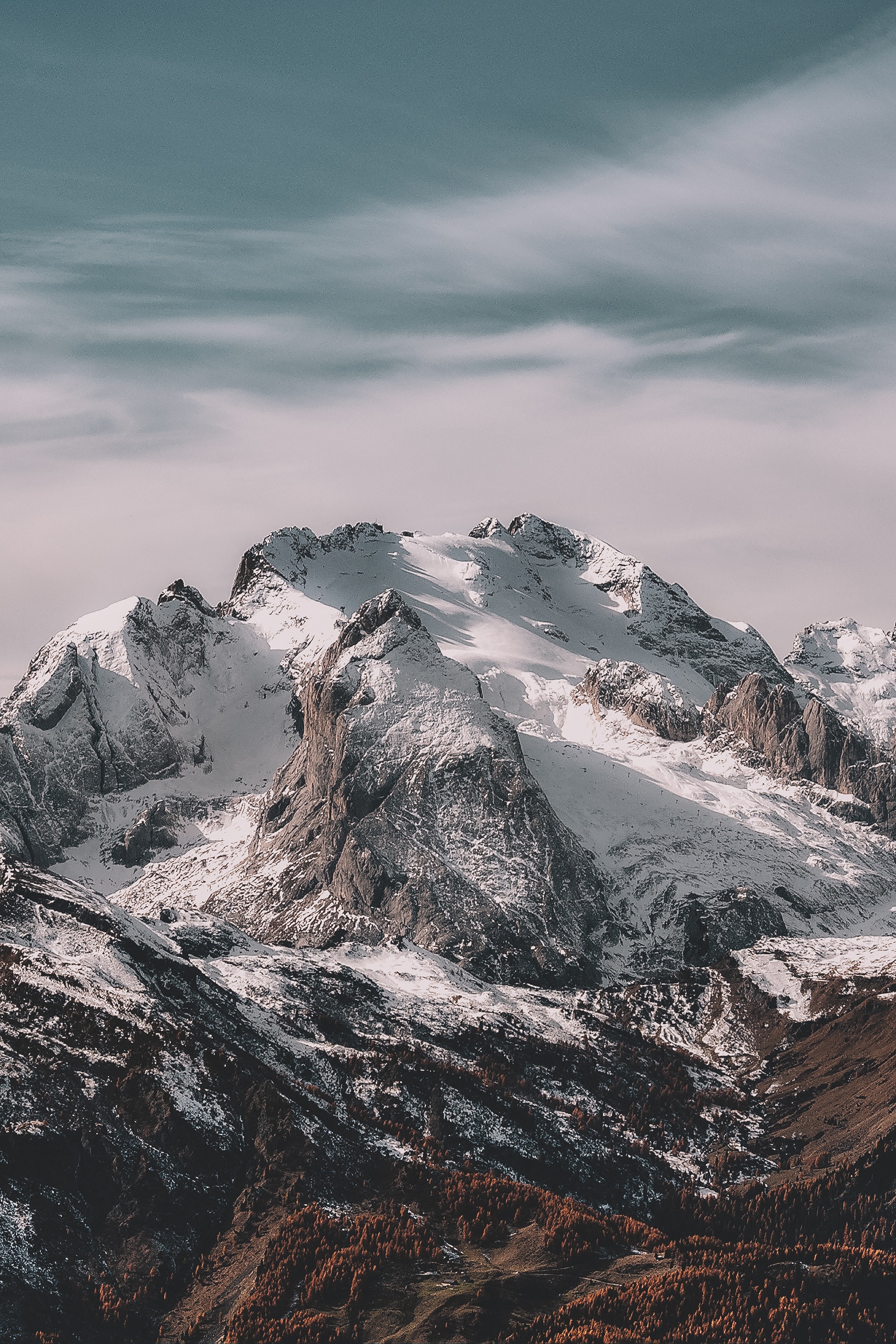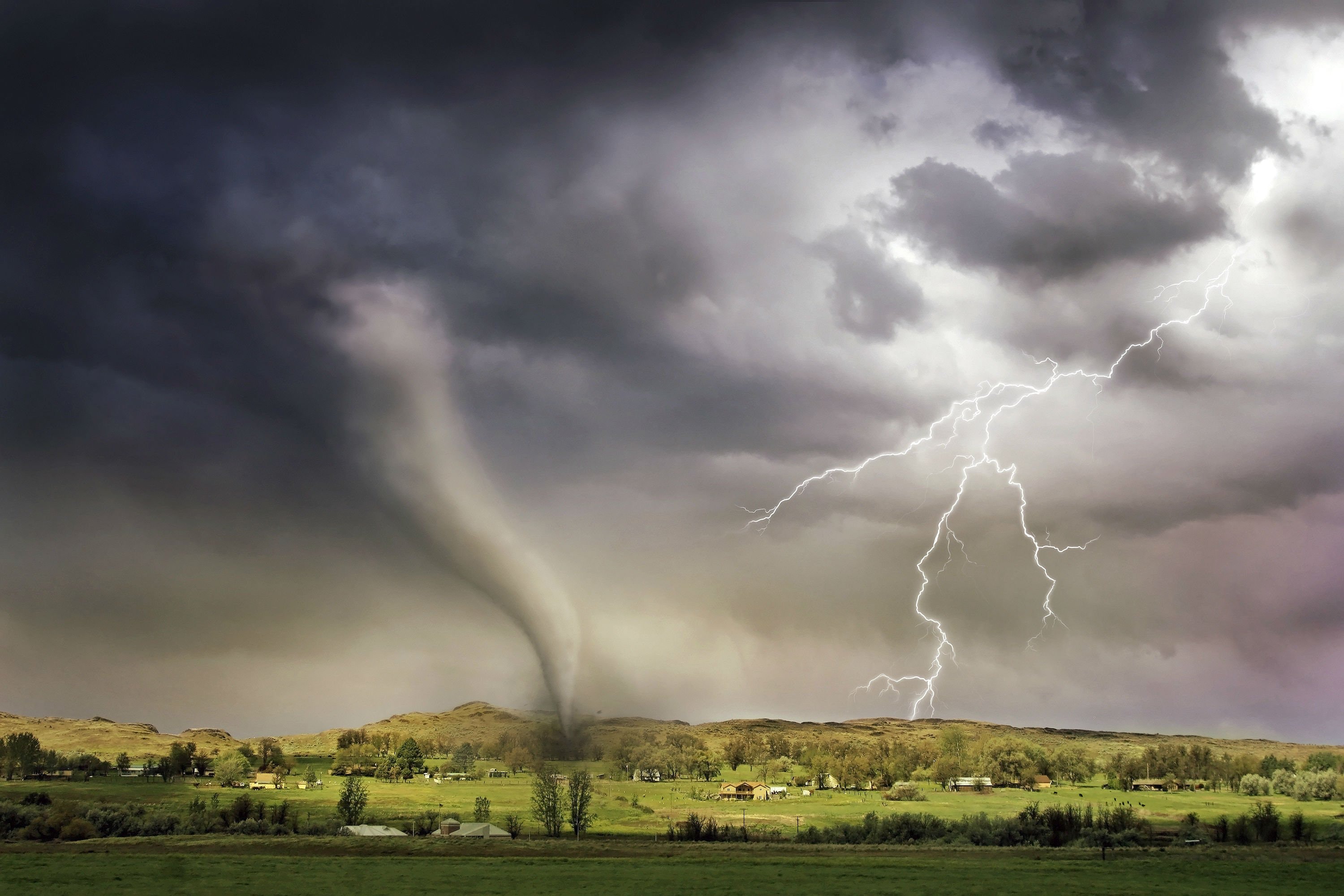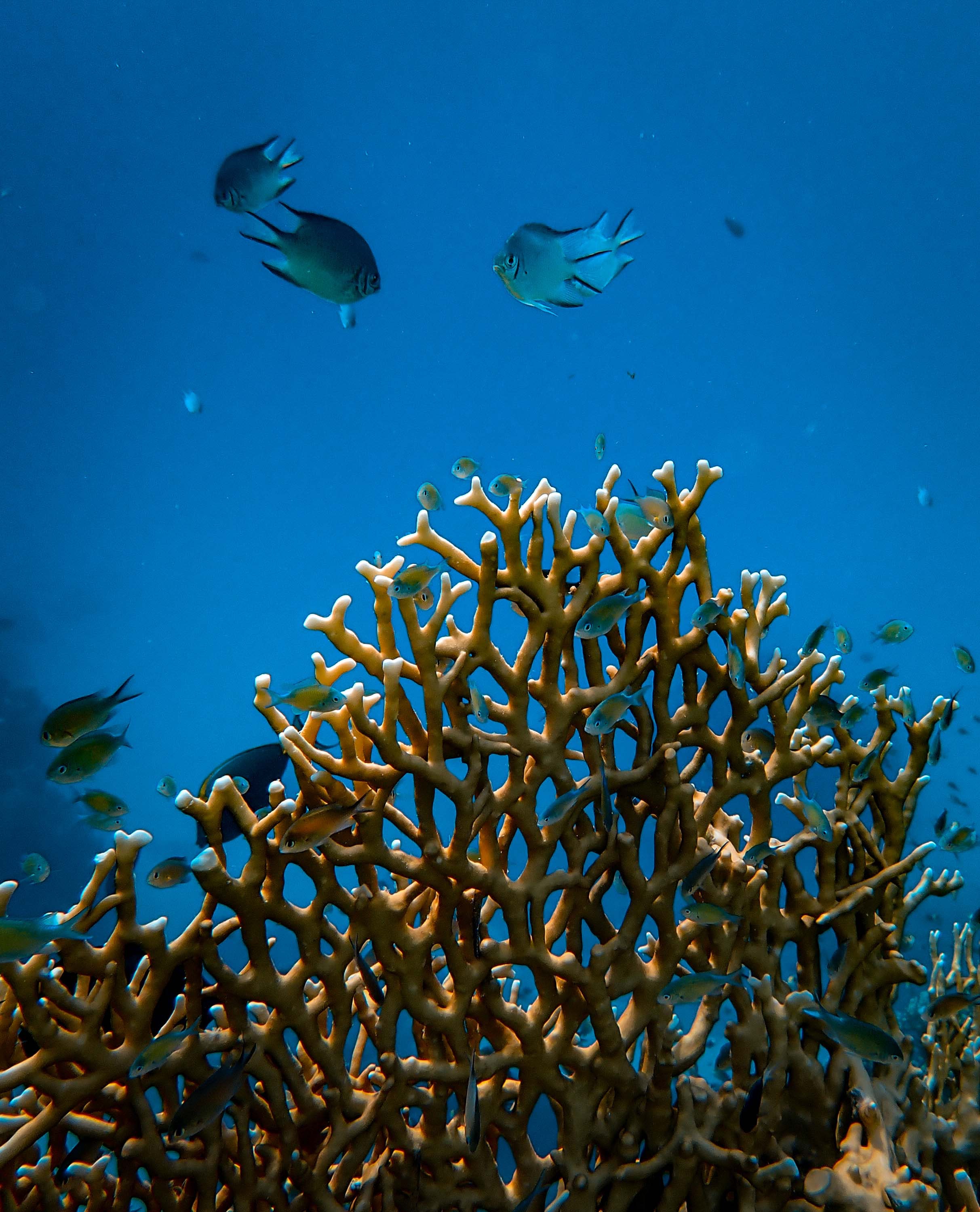
1- Major changes in high mountains affecting downstream
communities
2- Melting ice, rising seas
3- More frequent extreme sea level events
4- Changing ocean ecosystems
5- Declining arctic sea ice, thawing permafrost
6- Knowledge for urgent action
Due to climate change and its impact on glaciers and permafrost, some areas are enormously affected both environmentally and in terms of population. Indeed, people in high mountain regions and communities further downstream are now more exposed to hazards such as floods, avalanches, landslides...
However, this is not the only problem, as the retreat of glaciers is also generating
changes in the availability and quantity of water in the mountains. There are
also repercussions on many sectors such as agriculture, hydroelectricity,
tourism, recreational activities...
In order for these regions to adapt as well as possible, warming should be
limited, which would slow down the melting of glaciers, otherwise, by 2100,
small glaciers will lose 80% of their mass and the risks in the mountains will
be more and more important. But it would also allow a better adaptation to
changes in water supply even if solutions are already in place such as the
integrated water management and transboundary cooperation.


Emissions of greenhouse gases have
significant impact on the present and future of human societies. These gases
increase the temperature at the Earth's surface, indirectly melt glaciers,
icebergs.
As a consequence, the level of the oceans increases dramatically and the
oceans continue to warm. So, to avoid an excessive increase in ocean levels
from 60 to 100 cm, it would be necessary, by 2100, to drastically reduce
greenhouse gas emissions so that this change in ocean level remains between 30
and 60 cm. However, a study shows that this impact should be revised upwards
because the ice caps could have a much greater effect than what was expected.
This remains difficult to determine. So, the rise in sea and ocean levels
is linked to how the ice caps will react.


3- MORE FREQUENT EXTREME SEA LEVEL EVENTS
By 2050, the middle of the 21st century, reports indicate that some island nations, coastal cities will disappear under water. Indeed, the rise in sea level will cause this phenomenon, in addition to the extreme and rare events that used to occur only once a century and will occur at least once a year, regardless of the degree of global warming. Moreover, the dangers already present will be further aggravated by an increase in the magnitude of storm surges, etc., and what is more, if greenhouse gases remain as high. All in all, it is difficult to predict whether an area will be habitable or not at the present time, because the thresholds of habitability remain extremely difficult to assess. But various adaptation approaches are already being implemented, to put in place elaborate responses to the future rise in sea levels.


The report is
saying that 90% of the excessive heat of the climate system, the global warming
that the oceans are facing today might increase the heat taken by the ocean
from 2 to 4 times the actual heat. The warming of the oceans is a danger to
ocean lifeforms because it could reduce the supply of oxygen and nutrients for
some species.
The marine heat waves did increase in intensity and in frequency since 1982
because of global warming and are likely to go on if it continues to warm up.
The oceans of the globe are acidifying because of the absorption of human-created
carbon dioxide, according to the report, by 2100 the acidification of the ocean
could reach levels that would put in danger fauna and flora of our oceans.


The extend of Arctic
sea ice is decreasing and the ice is getting thinner. As a result, the indigenous
people have already adjusted to these changes as well as to the climate change
related emergency. Arctic and boreal permafrost are known to contain large amounts
of carbon. If the carbon is released, it will speed up the production of
greenhouse gases. If the emission of greenhouse gases is not significantly
reduced, we could quickly lose 70% of Arctic sea ice surface. Scientists
predict a total thaw of permafrost by 2100.